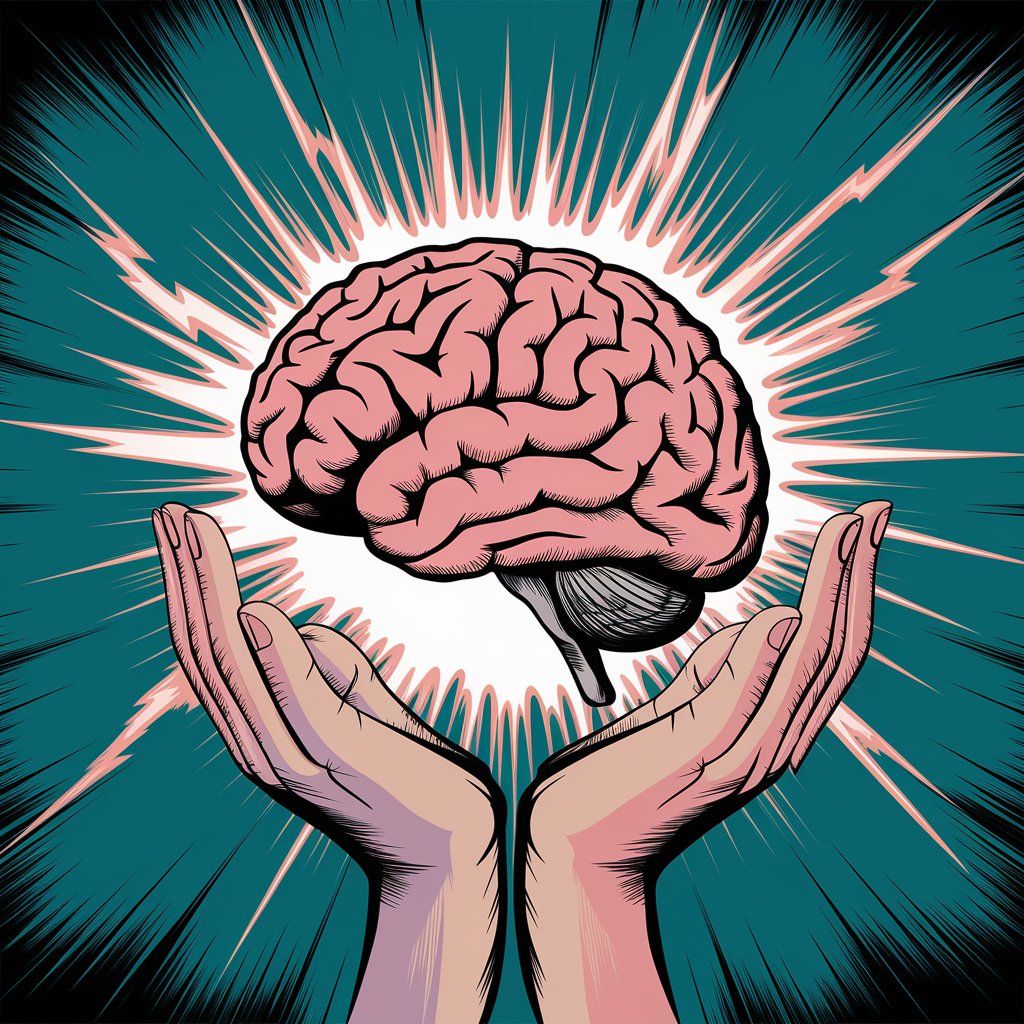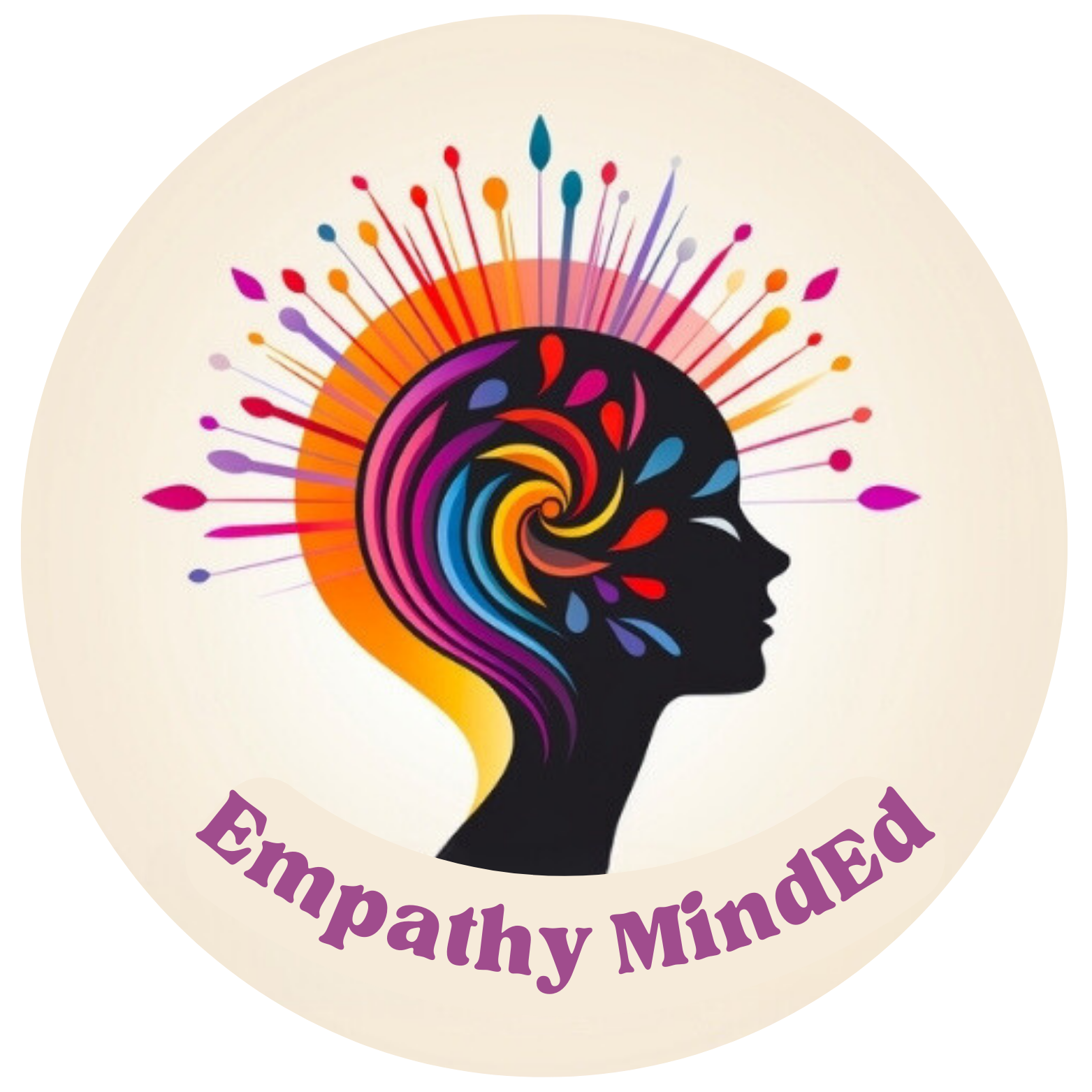
As we conclude our Ketamine-TMS Synergy Series, we're expanding our focus beyond treatment-resistant depression (TRD) to explore the potential of this powerful combination in addressing other psychiatric conditions. The unique mechanisms of ketamine and TMS, which we've explored in previous posts, may offer new hope for patients struggling with a range of mental health disorders.
Promising New Frontiers
Early research suggests that combined ketamine-TMS therapy could be beneficial for several conditions beyond TRD:
1. Post-Traumatic Stress Disorder (PTSD): The rapid anxiolytic effects of ketamine, coupled with TMS's ability to modulate fear circuits, may provide relief for PTSD symptoms (Pradhan et al., 2015).
2. Obsessive-Compulsive Disorder (OCD): Ketamine's glutamatergic modulation and TMS's targeted neuromodulation of cortico-striatal-thalamo-cortical circuits show promise in reducing OCD symptoms (Dębowska et al., 2023).
3. Anxiety Disorders: The anxiolytic properties of ketamine, combined with TMS's ability to regulate prefrontal-limbic connectivity, may offer a novel approach to treating various anxiety disorders (Best et al., 2019).
Synergistic Mechanisms in Different Disorders
The combination of ketamine and TMS may address the distinct neurobiological underpinnings of these conditions:
1. Enhanced Fear Extinction: In PTSD, ketamine may facilitate fear memory reconsolidation, while TMS could strengthen prefrontal control over amygdala reactivity (Pradhan et al., 2015).
2. Disruption of Maladaptive Circuits: For OCD, ketamine might interrupt obsessive thought patterns, while TMS could help normalize activity in overactive cortical-subcortical loops (Dębowska et al., 2023).
3. Improved Emotional Regulation: In anxiety disorders, the combination could enhance top-down control of emotional processing, potentially reducing excessive worry and rumination (Best et al., 2019).
Tailoring Protocols for Different Conditions
As we've discussed in our previous post on precision psychiatry, optimizing ketamine-TMS protocols for different disorders will be crucial:
1. Targeting Specific Brain Regions: While the dorsolateral prefrontal cortex is a common TMS target for depression, other regions may be more relevant for different disorders (Dębowska et al., 2023).
2. Adjusting Treatment Parameters: The optimal frequency, intensity, and duration of TMS, as well as the dosage and timing of ketamine administration, may vary depending on the condition being treated (Best et al., 2019).
3. Considering Comorbidities: Many patients present with multiple psychiatric conditions, necessitating a nuanced approach to combined ketamine-TMS therapy (Pradhan et al., 2015).
Ethical Considerations and Challenges
Expanding the use of ketamine-TMS therapy to new indications raises important ethical and practical considerations:
1. Off-label Use: While ketamine is FDA-approved for TRD, its use for other conditions remains off-label, requiring careful consideration and informed consent (Dębowska et al., 2023).
2. Long-term Effects: The long-term impact of repeated ketamine-TMS treatments on brain function and structure needs further investigation (Best et al., 2019).
3. Accessibility and Cost: Ensuring equitable access to these potentially transformative treatments while managing costs remains a significant challenge (Pradhan et al., 2015).
Future Directions and Research Priorities
As we look to the future of ketamine-TMS therapy across psychiatric conditions, several key areas warrant further investigation:
❒ Large-scale Clinical Trials: Rigorous, controlled studies are needed to establish efficacy and safety for conditions beyond TRD (Dębowska et al., 2023).
❒ Mechanism Studies: Deeper understanding of how ketamine-TMS synergy affects different neural circuits could inform optimized protocols for various disorders (Best et al., 2019).
❒ Comparative Effectiveness Research: Studies comparing combined ketamine-TMS to other treatment modalities will help clarify its place in the therapeutic landscape (Pradhan et al., 2015).
As psychiatric professionals, we stand at the forefront of a potential revolution in mental health treatment. The expansion of ketamine-TMS therapy beyond depression offers new hope for patients who have struggled with traditional treatments. By embracing these cutting-edge approaches and continuing to push the boundaries of what's possible in psychiatric care, we can work towards a future where effective, personalized treatment is available for a wide range of mental health conditions.
References:
Dębowska, W., et al. (2023). Transcranial magnetic stimulation and ketamine: implications for combined treatment in depression. Frontiers in Neuroscience, 17, 1267647.
Best, S. R., Pavel, D. G., & Haustrup, N. (2019). Combination therapy with transcranial magnetic stimulation and ketamine for treatment-resistant depression: A long-term retrospective review of clinical use. Heliyon, 5(8), e02187.
Pradhan, B., et al. (2015). Ketamine, Transcranial Magnetic Stimulation, and Depression Specific Yoga and Mindfulness Based Cognitive Therapy in Management of Treatment Resistant Depression: Review and Some Data on Efficacy. Depression Research and Treatment, 2015, 842817.
